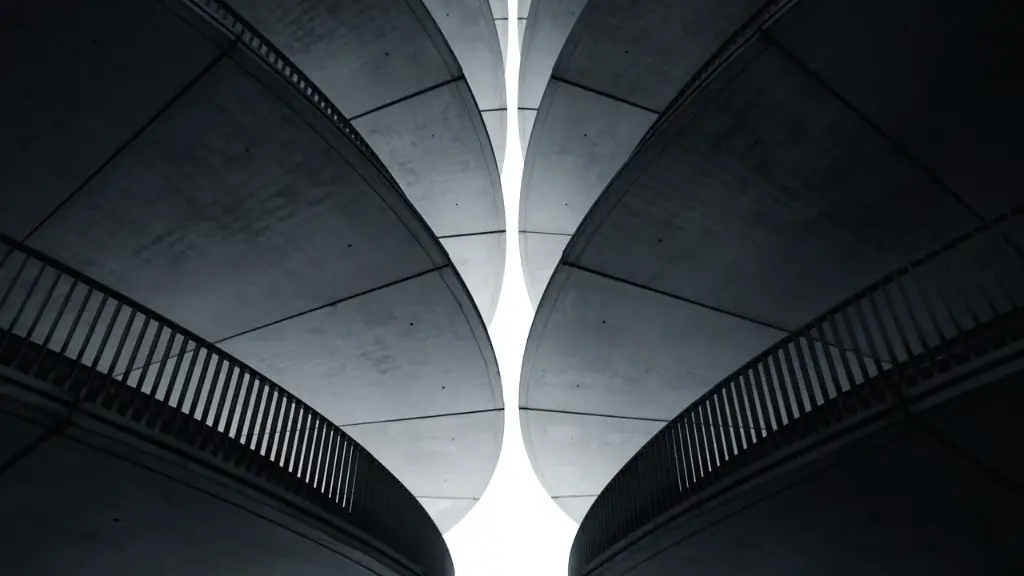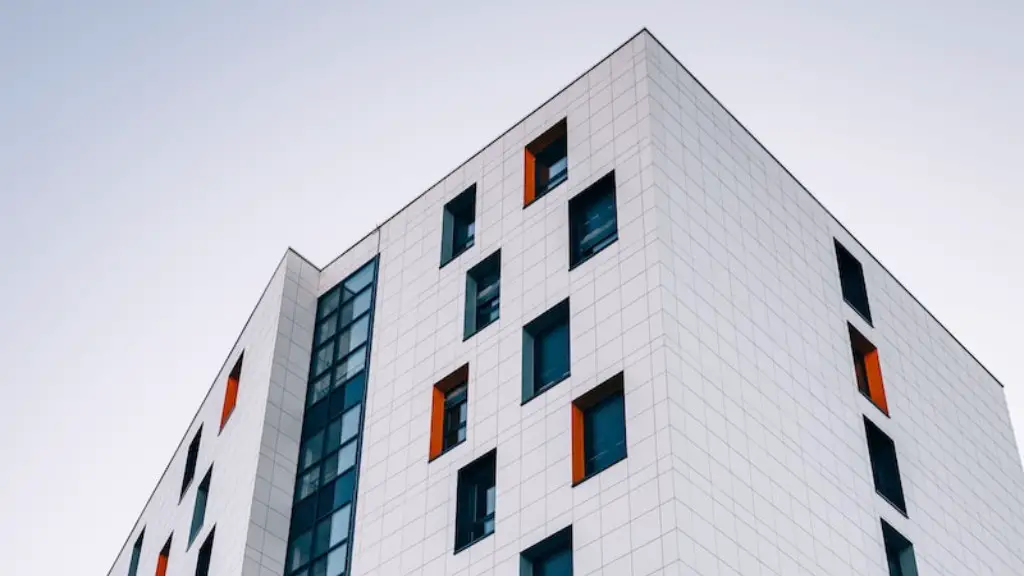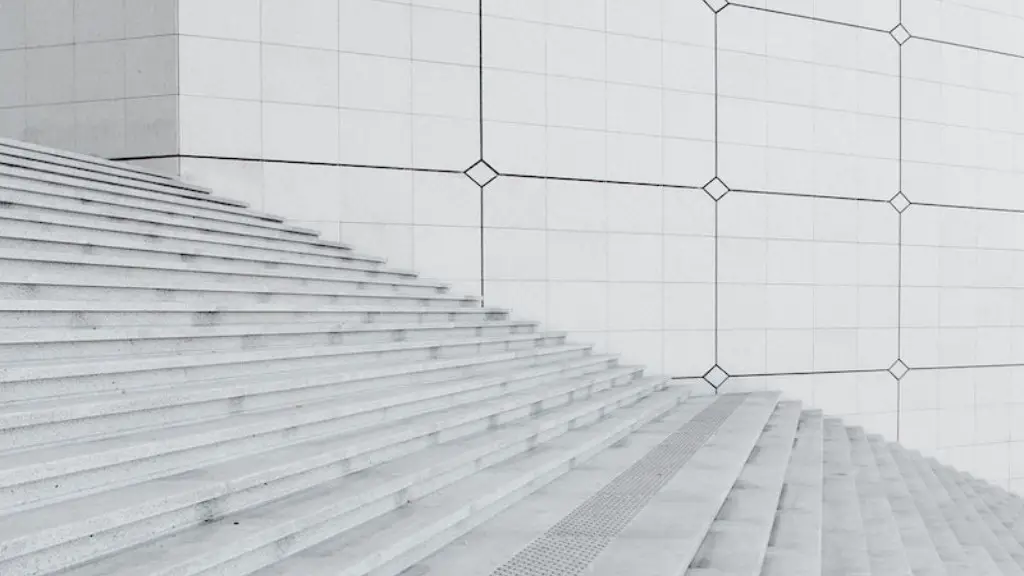Virtual Reality (VR) is a rapidly evolving technology that is transforming the way architects design and create buildings. VR is enabling architects to have a more immersive understanding of the space they create, to experiment with design ideas in virtual ‘reality’, saving resources and time, and enhancing client experience. Architects are now able to view and inspect their finished designs from multiple perspectives both from their offices and from within the virtual experience.
VR technology is revolutionizing not only the process, but also the products of the architectural industry. Architects are now able to visualize a 3D, 360-degree version of their plans, allowing them to walk through and experience the building before it even exists. They can then make necessary adjustments on the fly, fine-tuning the building to fit their specifications. Additionally, because VR can be experienced from all angles, architects can use it to reveal any potentially obscured design flaws.
VR technology has also opened up new possibilities in the fields of architecture, engineering, and construction (AEC). For example, with VR, architects can collaborate with stakeholders like government departments, the building site, and clients to visualize the project, answer questions, and refine plans – all without leaving the office. This is not only a major cost-saver for architects, but it also increases efficiency and improves communication throughout the entire process. In addition, VR technology gives architects the ability to present their designs in an exciting and engaging way, providing a completely interactive virtual tour of their plans.
As technology advances, so too do the potential applications for VR in the AEC industry. For example, VR can be used to monitor progress on the construction site, ensuring that construction is carried out according to plan. Additionally, VR can be used to visualize a building’s anticipated performance, such as its energy efficiency, before it is even built. This allows architects to identify and address potential weaknesses in their designs early on, resulting in more efficient and cost-effective projects.
Overall, the advent of virtual reality is transforming the architectural industry. By giving architects the power to create, visualize, and inspect their designs, VR is making the building process more efficient and cost-effective. And as technology advances, so too do the potential applications for VR in the AEC industry, making the development process smarter, safer, and easier.
Innovation and Efficiency
VR has changed the way architects can use data to develop projects and generate insights. Augmented Reality (AR) is also making waves in the AEC industry. Combining information from sensors of the physical environment with computer-generated data, AR is enabling architects to generate 3D models of existing structures to better understand and build around existing infrastructure. This means that projects can be completed faster and more efficiently, since designers don’t have to account for improvisations or unexpected conditions that can usually slow down a project. What’s more, AR also allows architects to portray their design concepts more accurately to clients, making the approval process smoother and faster.
In addition to improving efficiency and accuracy, VR helps promote innovation. VR technology allows architects to switch from the traditional 2D drawing to fully immersive environments. This opens up entirely new possibilities for developing new and innovative designs. Additionally, architects can incorporate pre-fabricated components into their design, saving time and money in the construction process. Architects also have the freedom to experiment with design concepts, testing out different shapes and materials to see how they will ultimately look.
By creating a virtual space that allows architects to experiment with design, VR has made it easier for architects to think outside the box and develop creative solutions to address complex problems. This enables them to come up with fresh and innovative designs which would otherwise be difficult to conceive on paper.
Client Experience
Clients are increasingly expecting their architects to use technology to ensure their projects are completed to their exact specifications. VR gives architects the ability to bring the design to life, offering a realistic representation of the completed project. Clients can now be fully immersed in the virtual property, giving them the opportunity to experience it as if they were standing right there. This helps eliminate any misunderstanding between the client and the architect, ultimately streamlining the approval process.
VR also enhances the client’s experience by allowing them to interrelate with the project on a more personal level. Instead of the old days, where clients could only see the design on paper, clients can now step into the world of the project, allowing them to gain a better understanding of all its faculties. VR allows clients to explore the project from all angles, get precise measurements, and control their view point as if they were actually standing inside the building.
Moreover, with the help of VR, architects can create an engaging and interactive experience for their clients. Architects can add a narrative layer to their design, taking clients on a guided tour of the project and highlighting the aspects that make it special. Clients can also be given an augmented view of the design, which shows them how the project would look like if they were to incorporate certain materials and add different features. With VR, architects can go beyond just presenting the project on a screen and give their clients an immersive experience.
Safety and Cost
One of the biggest challenges of physical labor is safety, and as such an unsafe construction site is an expensive one. By using VR, architects can identify potential risks and hazards before construction even begins, reducing the cost of injuries or delays due to unforeseen issues. With VR, architects can review the building from all angles, to identify any potential risks or safety issues and make necessary amendments at the design stage—thus avoiding any potential accidents on the job.
Another great thing about VR is that it saves time and improves productivity. Architects are now able to explore and analyze the project in minutes, as opposed to hours or days. This rapid efficiency reduces both the time and cost associated with designing a building and ensures projects can be completed swiftly and on budget.
Lastly, VR allows architects to generate realistic simulations of their designs, helping them better estimate the cost of materials and labor in advance. This makes it easier to keep track of budget and ensure the project runs smoothly without unexpected over-runs.
VR in Education
VR is also revolutionizing the way architecture is taught in schools. Virtual reality allows architecture students to visualize the project in its 3D form and get a more accurate understanding of the structure they are creating without the need for physical models. Through the use of VR, students can literally step into their designs and experience the space from within. This helps the students gain a better understanding of the space and their design, as well as identify any potential problems or opportunities.
In addition, virtual reality tools help students save precious time and resources. By being able to make design changes on the fly, students can focus on creating the design rather than worrying about making mistakes. What’s more, virtual reality can also be used to bring famous world-renowned architecture to life in the classroom, allowing students to compare and contrast their works of the greats.
Finally, VR can also be used to assess the student’s work. Through the use of virtual reality, teachers can evaluate the student’s design more accurately, rather than relying on traditional pen-and-paper methods. This helps teachers identify the strengths and weaknesses of their students and provide appropriate feedback in a timely manner.
Sustainability
With its ability to create immersive virtual environments, VR technology can also be put to use to create sustainable designs. VR can be used to simulate how a building will interact with its environment, allowing architects to calculate energy use and consider more efficient ways to optimize the energy efficiency of their buildings. Additionally, with its ability to accurately simulate the effects of climate change, VR can help architects take into account the impact their buildings will have on the environment.
Finally, VR can also be used to monitor a building’s performance throughout its lifecycle. With the help of sensors and data analysis, VR can be used to detect energy leaks and identify areas where energy savings can be made. This helps keep buildings energy-efficient, while also reducing its environmental impact.
It is clear that virtual reality technology is continuing to revolutionize the architectural industry. By allowing architects to visualize, inspect and create buildings in a virtual environment, VR is promoting innovative designs, improving efficiency, and providing better customer experiences. With its ability to simulate existing structures, assess project risks, and even create sustainable designs, it is clear that VR has great potential to continue to reshape the architecture industry in the years to come.





